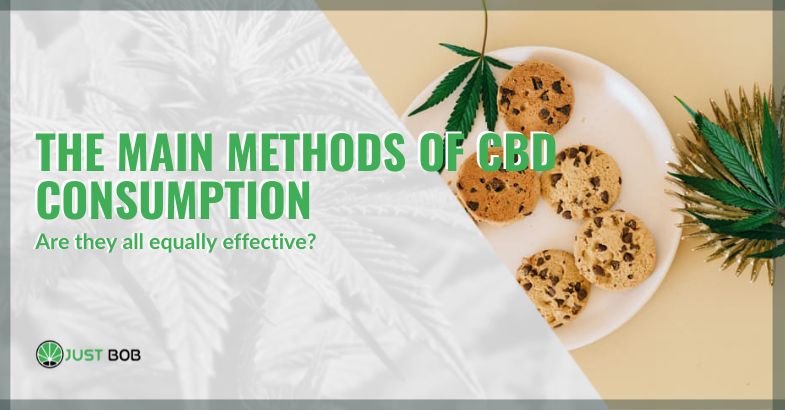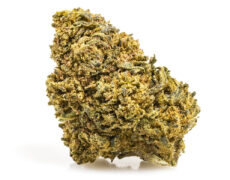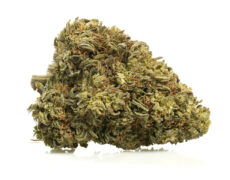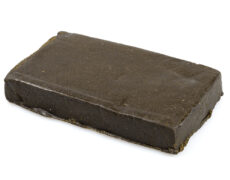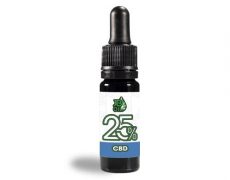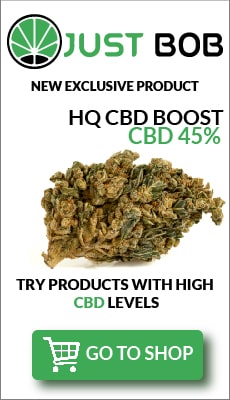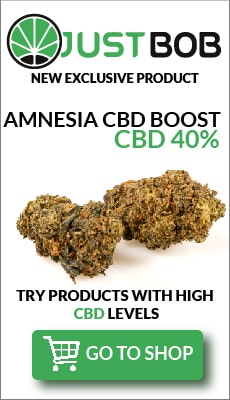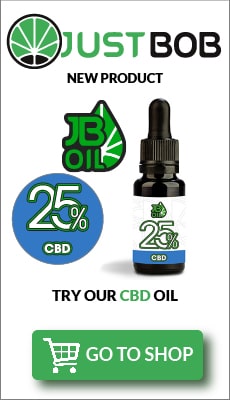Published on: 15/11/2024
Is there an optimal mode of cannabidiol intake? What is meant by bioavailability?
Welcome back dear loyal readers (but also to you who happened to be here by chance)!
As you know, our job is to keep you updated on the latest news related to the universe of legal cannabis, satisfy your curiosity and answer your endless questions.
As long as you submit doubts and questions to us we will be here ready to clarify any obscure point or uncertainty, in the simplest and most rational way possible, avoiding giving space to fake-news or false myths.
Thus, today we would like to talk to you about the various ways of taking CBD, which among them is the most effective in terms of intensity and duration of effects and bioavailability.
In fact, as we will see, cannabidiol can be found in various forms and for each of them there is a different mode of consumption and thus a wide range of different effects.
Please note that our article, as always, is purely for informative and informative purposes and is in no way intended to encourage any practice, least of all an illicit one.
You should know by now, every country has its own regulations on this matter, and even in the U.K. the legislation is clear about it, so we recommend that you always act in full compliance with the laws and strictly adhere to them.
Well, after these necessary premises, we leave you with the article, enjoy your reading!
What is CBD? (A brief review for the more distracted…)
If you are reading this article, you are most likely passionate about the topic, however, as they say in school, we have to think about even the most distracted students and no one should be left behind.
So, albeit briefly, it seems only fair to remind you that cannabidiol, commonly known as CBD, is one of the many cannabinoids found in the cannabis plant, devoid of psychoactive effects unlike, for example, THC (Tetrahydrocannabinol).
Its very unique properties make it attractive for therapeutic and medicinal uses, including relief of anxiety, reduction of inflammation and pain control.
But how does it work on a chemical and biological level?
At the molecular level, CBD interacts with the body’s endocannabinoid system, a complex cellular communication system involved in regulating various bodily functions, such as sleep, mood and immune response.
Due to its beneficial effects, CBD has been very successful over the years and has attracted the curiosity of millions of people. And, because of this, cannabidiol products can be found in all forms, for all uses and needs, catering to users’ tastes and preferences.
We would like to reiterate, however, that the legal status varies greatly from nation to nation, and therefore, it is essential to be informed about local regulations before using such products so as not to take any risks.
But let’s get to the point of the article, what are the various forms in which CBD occurs? And what are the various methods of consumption?
Read also: What is Cannabifuran? Find out everything you need to know
What are the various methods of consuming cannabidiol?
There are several ways to take CBD, each with its own characteristics in terms of speed of absorption, duration of effects, and efficacy.
The main methods of intake include:
- oils and tinctures;
- edibles;
- creams and topicals;
- vaping and inhalation.
Each method offers unique benefits, adapting to different therapeutic needs and lifestyles. Choosing the right method depends on various factors, including the condition to be treated, personal preference, and accessibility. But let’s take a closer look in detail.
CBD oils: the sublingual choice
CBD oils, as well as tinctures, are perhaps the most popular and versatile method of consumption.
These products are usually administered via a dropper under the tongue, where they are held for 60-90 seconds before being swallowed.
This method of intake, known as sublingual administration, allows the substance to be absorbed directly into the capillaries under the tongue and quickly enter the bloodstream. In this way it is possible to bypass the digestive system, allowing a faster onset of effects than edibles.
But how long does CBD oil take to work?
The effects can be felt in about 15 to 30 minutes, with a duration ranging from 4 to 6 hours.
But why do some people prefer it to other modalities?
Mainly, because of the simplicity of the process, but mainly because This way it is possible to accurately dose the amount taken.
This is why they are popular products in countries where it is legal to purchase them, and are available in various concentrations and flavors, offering a wide range of options to suit individual preferences.
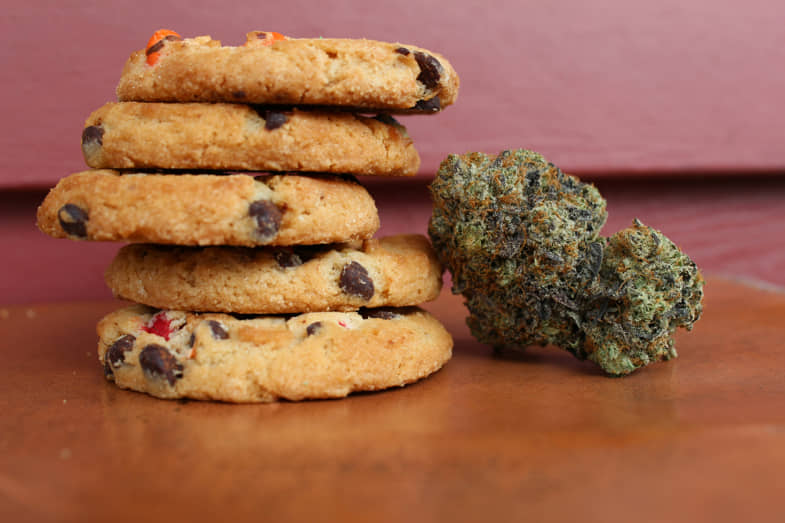

Edibles: taste and convenience
Edibles, such as gummy candies, cookies, chocolates and drinks, provide a tasty and discreet way to consume CBD.
These products are valued for their ease of use and ability to offer a controlled dose of CBD, eliminating the need to calculate complex doses.
However, because ingested CBD must pass through the digestive system and liver before entering the bloodstream, the effects may take longer to manifest than other methods of consumption.
In fact, the metabolization process can take from 30 minutes to two hours, depending on various factors such as individual metabolism, the content of the meal, and the composition of the edible itself.
Despite the delay in the onset of effects, they tend to provide prolonged relief, with effects that can last up to eight hours (a factor that makes a difference to many enthusiasts in the field).
Creams and lotions: localized relief
CBD topical products, including creams, balms, lotions and patches, are designed to be applied directly to the skin.
This mode of application is particularly useful for treating localized pain, inflammation or skin problems such as acne or eczema.
You should know that when CBD is applied to the skin, it interacts with cannabinoid receptors located in skin cells, offering relief without entering the bloodstream.
But why do some people favor this mode of intake?
Because of its ability to provide localized benefits. For example, athletes may apply CBD creams to sore muscles to relieve pain and reduce inflammation. Also, because topical CBD does not enter the circulatory system, there are no concerns about systemic bioavailability, making this method safe for frequent and long-term use.
Vaping and inhalation: rapid absorption
Vaping CBD is one of the fastest methods to feel the effects of the cannabinoid.
But how does it work specifically?
A vaporizer is used, the CBD is heated and turned into vapor, which is then inhaled into the lungs. Lung capillaries rapidly absorb the CBD, allowing the compound to enter the bloodstream almost immediately.
This method of administration is prized for its speed of action, with effects that can be felt within minutes.
Despite its efficacy, however, vaping raises concerns about long-term safety, because inhaling vapor can irritate the respiratory tract, and additives used in vaping liquids could be potentially harmful (but research is not unanimous on this).
However, to avoid any risk, experts, advise using only high-quality products and carefully evaluating possible undesirable effects, weighing negative and positive aspects in the balance, with great caution.
What is meant by bioavailability?
Surely you have heard of bioavailability, many take this relevant concept for granted, but what does it mean?
It is simpler than you might imagine: bioavailability is simply a measure of the amount and rate at which a substance, such as CBD, is absorbed into the bloodstream and made available for use by the body.
So you can see how it is a very important aspect in assessing the effectiveness and usefulness of various methods of taking the substance.
So what is the optimal and most effective mode of consumption that ensures that you benefit the most from CBD? Let’s look at them below:
- sublingual oils, these offer good bioavailability because CBD is absorbed directly into the capillaries under the tongue. Typical bioavailability for this method ranges from 13% to 19%, with some studies suggesting up to 35%;
- edibles, have a lower bioavailability, generally between 4% and 20%, due to first-pass metabolism that reduces the amount of CBD reaching the bloodstream;
- topicals, which is not relevant here, as they are designed to provide localized relief without entering the bloodstream;
- inhalation, vaporization provides some of the highest bioavailability, with estimates ranging from 34 percent to 56 percent. This is because inhaled CBD enters directly into the lungs and bloodstream, bypassing the digestive system.
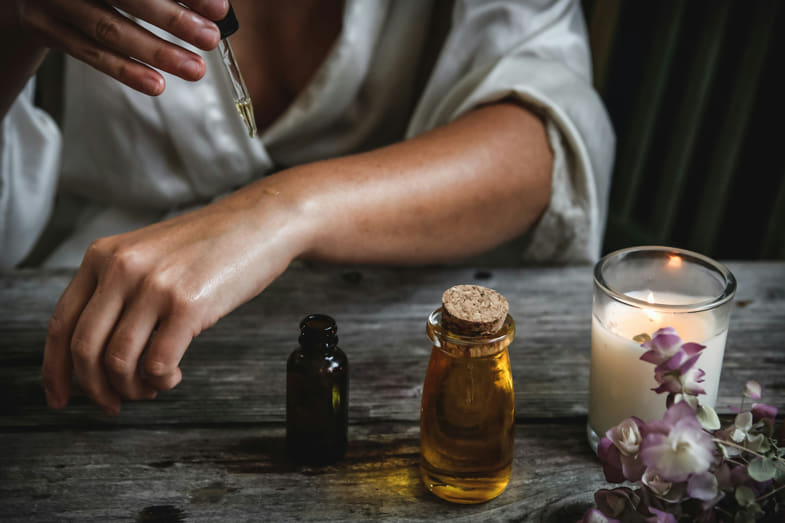

How long the effects of CBD last (based on the mode of intake).
The duration of the effects of cannabidiol varies widely depending on the method of consumption, and each individual in countries where this practice is legal chooses according to his or her needs and expectations, but let’s look at the many differences between these systems:
- sublingual oils, effects usually begin within 15 to 30 minutes and can last from 4 to 6 hours, offering a balance between rapid onset of effects and moderate duration;
- edible, because they must be digested, their effects can take up to two hours to manifest but can last up to 8 hours, offering prolonged relief;
- topical, the effects of products of this type last as long as the product remains on the skin, generally 4 to 6 hours, providing localized relief without systemic effects;
- inhalation, the effects of vaporization occur quickly, within minutes, but tend to last less than other methods, usually 2 to 3 hours.
Is there one mode of consumption that is safer than another?
Safety is a priority when choosing how to consume CBD, in nations where this is regulated by law.
As is understandable, each method of intake has potential benefits and risks:
- oils and tinctures, considered generally safe, may cause minor side effects such as dry mouth, drowsiness, or mild gastrointestinal upset. Therefore, it is essential to use correct dosages and high-quality products;
- edibles, offer discreet and safe consumption, but dosage can be difficult to control. Excessive intake can lead to overdose, which can cause nausea, diarrhea, and fatigue;
- topicals, safe for external use, rarely causing significant side effects, but it is recommended to test a small area of the skin to avoid allergic reactions;
- inhalation, although very effective, inhalation of vapors may irritate the respiratory tract. Users should pay attention to the potential long-term effects of vaping and choose products without harmful additives.
In summary, CBD side effects are generally mild and may include changes in appetite, fatigue, and weight changes, so it is always best to consult a physician before embarking on a course of treatment, especially for those who have been taking other medications.
Read also: Can you really overdose on cannabis? Find out if it is possible!
Conclusion
Here we have come to the end of our article in which we delved into the various methods of taking CBD, attempting to shed light on which is the most effective.
We have seen how there is no one best method, it depends on various aspects and the needs of each, however, it may be useful to highlight pros and cons of each.
In fact, each modality, whether by ingestion, inhalation, topical use or by vaporizatione, procures different effects in duration and intensity, and may provide different bioavailability (a concept we have tried to clarify).
We reiterate once again that our goal is only to provide you with as much information as possible on topics related to the legal cannabis world, but we urge you, we will never tire of saying this, to comply with any applicable laws on the subject.
Before we say goodbye, we remind you that in our shop you can find various legal marijuana products, such as CBD flowers and much more.
Well, we hope we have been helpful, see you soon on Justbob with more updates and insights into this complex and diverse universe!
Takeaways
- Understanding bioavailability is essential to determine how much and how quickly CBD enters the bloodstream. Sublingual administration and inhalation (vaping) provide the highest absorption rates, with ranges of 13-35% and 34-56% respectively, while edibles have lower bioavailability due to first-pass metabolism in the liver.
- The effects of CBD vary significantly depending on the consumption method. Inhalation and sublingual oils provide rapid relief, with effects lasting 2-3 hours and 4-6 hours respectively. Edibles, on the other hand, offer prolonged effects lasting up to 8 hours but take longer to kick in due to the digestive process.
- Topical CBD products, such as creams and lotions, are ideal for treating localized pain and inflammation. These products work directly on the skin’s receptors without entering the bloodstream, making them safe for frequent and long-term use without concerns about systemic bioavailability.
- Safety is a critical consideration when consuming CBD. Oils and tinctures are generally safe but may cause minor side effects like dry mouth or mild drowsiness. Edibles can pose a risk of overdose if not properly dosed, while inhalation may irritate the respiratory tract, highlighting the importance of using high-quality products.
- The choice of CBD consumption method depends on individual needs and the conditions being treated. While methods like vaping and sublingual oils are preferred for quick relief, edibles are more suitable for those seeking prolonged effects. Topical products are the best option for targeted treatment of local issues without systemic effects.
FAQ
What is CBD?
CBD, or cannabidiol, is a non-psychoactive compound found in the cannabis plant. It interacts with the body’s endocannabinoid system to potentially provide therapeutic benefits such as reducing anxiety, inflammation, and pain.
What are the various methods of consuming cannabidiol?
The main methods of consuming CBD include oils and tinctures (sublingual), edibles, creams and topicals, and vaping or inhalation. Each method has different characteristics in terms of absorption speed, duration of effects, and bioavailability.
Is there one mode of CBD consumption that is safer than another?
Safety in CBD consumption varies by method. Oils and tinctures are generally safe with minor side effects like dry mouth or drowsiness. Edibles can be overdosed if not properly measured. Topicals are safe for external use with rare allergic reactions. Inhalation can irritate the respiratory tract and should be used with caution.

